Alexis Slutzky tells the story of a September 2015 pilgrimage through California’s Owens Valley, called Walking Water. This first phase of a much longer journey began at Mono Lake and ended 180 miles south at Owens Dry Lake. For 100 years, Los Angeles has piped water from there over 300 miles further south to sustain the city, draining ancient lakes and groundwater, destroying natural water systems. In the fourth year of an historic drought, Walking Water seeks to create a new narrative regarding this life-giving resource, investigating our common and often conflicting needs, and learning how to live within our means.
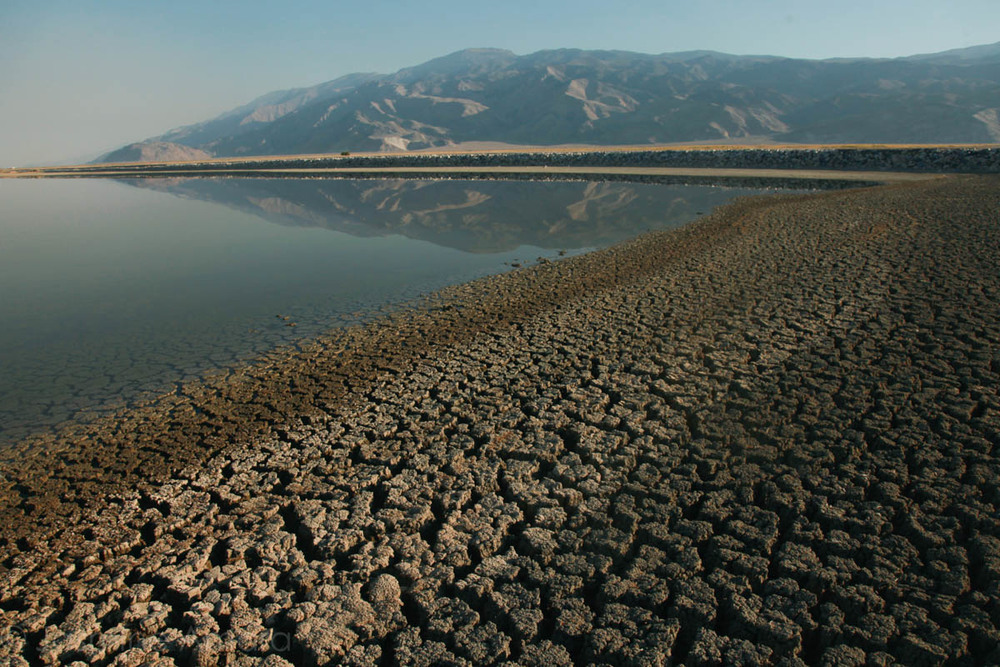

Walking Water—Pilgrimage in the Owen’s Valley
By Alexis Slutzky, Published in The Flowering Earth
“No one walks so safely as one who walks humbly and harmlessly with great love and great faith. For such a person gets through to the good in others (and there is good in everyone), and therefore cannot be harmed. This works between individuals, it works between groups and it would work between nations if nations had the courage to try it.” — Peace Pilgrim (who from 1953-1981 walked more than 25,000 miles on a personal pilgrimage for peace)
Getting Current
Payahunadu is the Paiute word for the place which is the Owens Valley. It means the land of flowing waters, or the place where water flows. The Paiute were and are water people. Historically, they developed and utilized an intricate system of water catchment and transportation through canals and earth works. These aqueducts were very low footprint as they would be returned to nature each winter and reconstructed in the spring. The Paiute, or Numu, as they call/ed themselves, like most indigenous peoples, tended the wild by understanding the interconnectedness of things – the relationship of human beings to the whole and the relationship of water to everything. Where have we forgotten this? At what cost? How do we remember?
On September 1, 2015, 102 years after the first water rights were purchased in the Owen’s Valley, more than 30 pilgrims from around the world gathered just west of Lee Vining in the tall Ponderosa pines of the Eastern Sierra for the opening ceremony of the first phase of Walking Water. We were blessed to have native elders and tribal council members as well as other indigenous folks of the various local Paiute tribes welcome us in support of our journey. As well, the Mono County Board of Supervisors, a representative from the Los Angeles Department of Water and Power (LADWP), water activists from Mono Lake Committee and other social-profits, and many others were present to share in this collective prayer for water. Just getting some of these folks in the same place with a shared intention was worth the walk; a meaningful drop in the bucket of reconciliation.
[vimeo clip_id="123847293" width=600 height=338 ]Video about the vision of Walking Water by Jim Whitney.
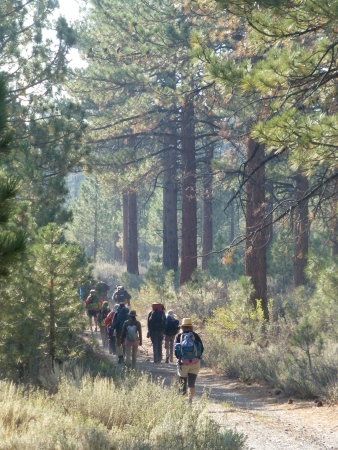

The Journey
Our walk began at 8,500 feet at one of the largest tributaries of Mono Lake. We walked along mountain streams, along the edge of one of the largest craters in the United States, drank from the headwater springs of the Owens River, soaked in hot springs and a hot creek, got a boat ride across Crowley “Lake”, a large reservoir, and walked and walked, watching the terrain change from alpine forest to scarce pinon pine to the aromatic sage brush of the Valley. In beauty we walked. Our footprints added to the tracks of mountain lion, deer, coyote, bear, fox, raccoon, skunk, heron, raven, and others. We walked in the rhythm of our ancestors. In the invisible footprints and stories of the Paiute. In our personal and collective prayers.
We walked through land owned by Bureau of Land Management, LADWP, tribal reservations and forest service. There is very little private property in the Owen’s Valley. The majority of the land is owned by LADWP and it is strange indeed to see signs declaring, “Property of the City of Los Angeles. No trespassing. Violators will be prosecuted.” I can’t help but think of the continued violation of the native people from this place, who now are unable to walk, fish or hunt on their ancestral lands without “trespassing.”
We walked past reservoirs, dams, pipelines, aqueducts, power plants. One day in tremendous heat, we nestled gratefully under a 6 foot diameter pipeline, the only shade for miles around. There were some stark moments, like walking across the dam at Crowley “Lake,” where at the downstream end we found only a trickle of water. And walking in silence downstream of a power plant where we witnessed the effects of industrialism, stagnant and mucky water with birds still doing their best to make home. For the most part, spirits were high as we walked. Though at other times, the devastation broke our hearts.
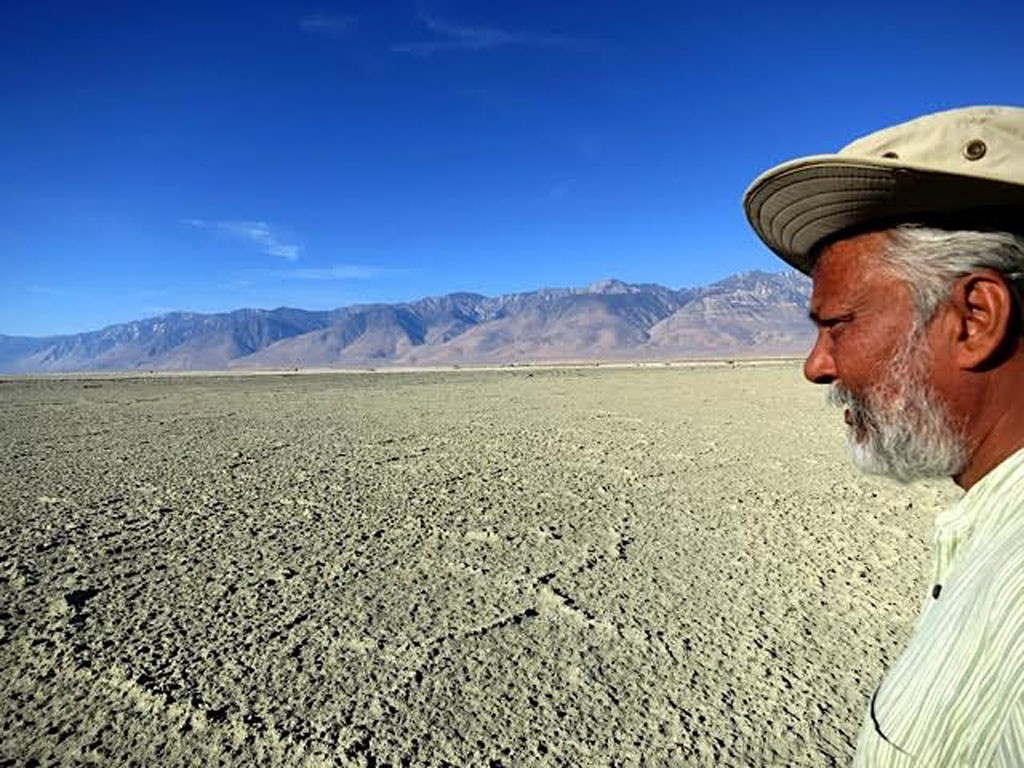

Some of us walked for three weeks, some one week, some one day. There were experienced walkers and pilgrims among us and others who were out of their comfort zone. Several of us were locals from the Valley, and others from various places around the planet. For some, like Alan Bacock, who is a local Big Pine Paiute water coordinator and activist, a true leader in his humble message to respect all beings and restore our relationships, and who has walked miles of this land alone, our presence offered support and hope.
As well as walking mindfully with water, we walked with fire throughout. The abundant wildfires in California, particularly one in Kings Canyon on the other side of the Sierras, filled the valley with thick smoke as we began our walk, and miraculously headed another direction for three weeks, leaving us clear skies, only to return on our last day.
Nights were cold at higher altitude. Water froze in our water bottles on at least one occasion. We walked in the hot sun. Many got heat exhaustion. There were aches and pains. Few feet were left blisterless. We were blessed with gentle winds. We were blessed with beauty. We were blessed with a generous rain during a talk on healing water, healing love. The opening council of our last week began with gentle raindrops and completed as the sun set over the majestic mountains. We were blessed with song and singing. Creativity. Ideas and inspiration.
We camped in many dry places. Our logistics and kitchen team gracefully supplied our water, shade, toilet set up, kitchen and delicious food. Among the walkers, we shared responsibility for carrying a ceremonial bottle of water (waters gathered from special places around the world as well as water collected along our route), a walking staff made from driftwood from the Atlantic ocean by one of our pilgrims, and a piece of obsidian (one of the few objects that we removed from its original place) found along the way to carry our vision and dream for walking water futures. Our “sweep” for the day carried the first aid kit and brought up the rear of the often long line of walkers.
We walked in silence at the beginning of each day. Listening to the place, one step at a time. Most days we woke before sunrise to get an early start on the often 90+ degree days. We found our rhythm. We packed up our gear, gathered in a circle for route explanations and other essentials and shared gratitude for the place. Sometimes on a long lunch break we would sit in council, sharing reflections. Other times, we would be lucky enough to stop for a swim.
STORY: Wilderness of Minarets: On the Coyote Trail of Muir and Adams
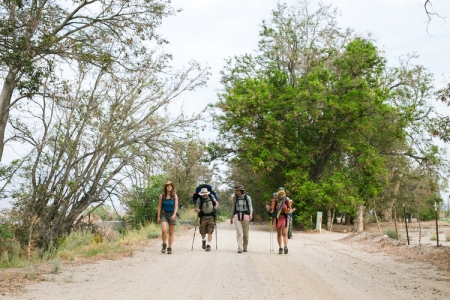

The Questions, The Search for Answers
One of the best practices of the pilgrimage was to do our best to suspend judgment and simply bear witness, listening to voices and stories from many differing perspectives on the water situation. We gathered questions along the way, and by the end of the journey, our group had compiled an extensive list of questions for ourselves, communities, DWP, Paiute elders, youth…including… What does water want? What is sacred? What are the next steps for healing?
We heard from local ranchers who are at risk of losing their water rights. In April they were told by DWP that the water would be shut off in a week. Each month since then, they have been given a month extension. Many of us were touched by the heart and intentions of these folks, while still being concerned about the techniques and worldview expressed in big agriculture industry.
We were feasted generously by Paiute tribal members in Bishop, Big Pine and Lone Pine. We gathered in thanks. The Lone Pine youth danced and sang traditional songs before a fireside talk in the evening, featuring some of the finest voices on water and healing.
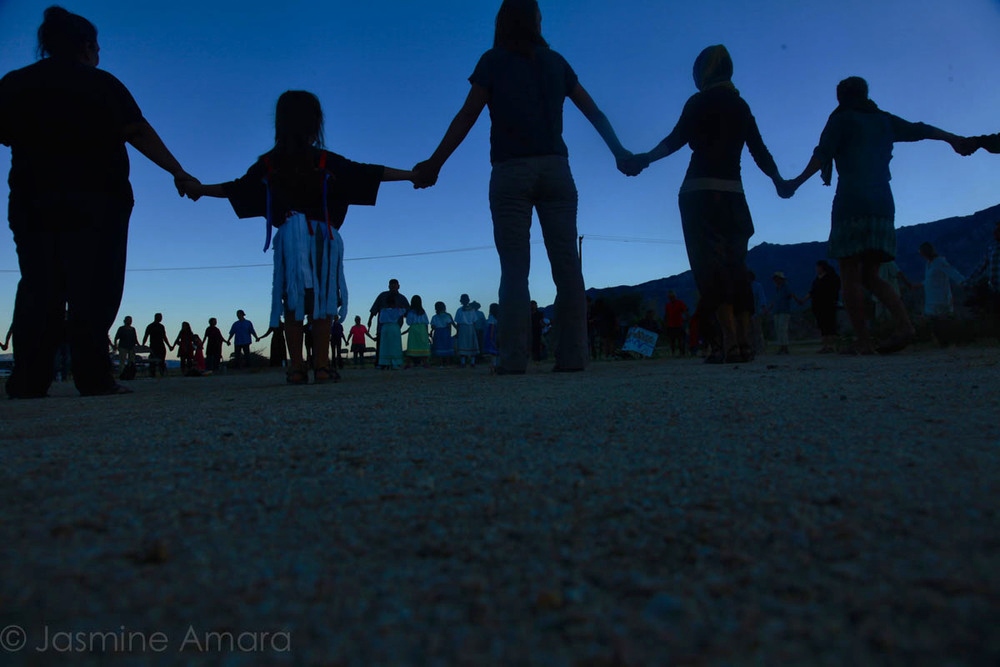

We witnessed much during the course of the walk. The approach to the drained Owen’s Lake, as it is called by some, was especially poignant. Water flowed nicely, albeit low, in the Owen’s River just north of the Lake… enough for a beautiful swim. Although this has only been the case since 2006, when LADWP had to comply with a legal mandate to return 10% of the water to the river. A few miles down stream, however, at what would be the shore of the lake, a pump back station was built to pump water back into the aqueduct. So although DWP has returned water to the river to meet legal standards, just as legally, water is pumped back into their aqueduct.
The intensity of the situation really landed on our last day as we reached the area of Owen’s Lake. A dry lakebed for miles. A dead lake. This lake was originally 110 square miles. Filling the valley floor. A refuge for migratory birds. At one time, we learned from stories passed down by native elders, the sky was black with millions of birds. That all began to change in 1913, when Los Angeles developers bought up the water rights in the Valley. Extensive water wars ensued for years. In the early 1970’s the lake was drained to supply as much as 50% of Los Angeles’ water. Now it is about 30%. The fight continues. For water rights. For the rights of nature. Health. Wholeness.
Local birder and fellow activist Mike Prather, long time resident of Lone Pine and former teacher, points out that on this morning, he has only seen three birds. He graciously thanks the DWP Public Relations representative for the first time efforts at creating wildlife habitat on the “lake shore” which is increasing the numbers of birds. Graciously, because now it is an unworldly landscape, exposed and barren, dry earth covered with mitigation strategies to keep the dust particles down.
After the lake was drained, it was one of the worst polluted areas in the country, causing many ecological disasters including respiratory problems in the local population. DWP spends millions of dollars each year to implement three mitigation techniques to keep particulate matter down — the intermittent flooding of small areas called polygons with underground pipes which causes rank smelling ponds, laying gravel mined from a nearby mountain to cover miles of lakebed, and planting vegetation. It was hard indeed to see sprinklers running during the high heat of the day to water the seeds of grasses on the bottom of a lake.
Kathy Bancroft, Tribal Historic Preservation Officer of the Lone Pine Paiute Tribe, is an amazing woman and activist who works tirelessly for the tribe on behalf of healing and life and restoration. We were blessed to spend much of our last week with her. I am moved by her dedication and patience, reflected in her even speech, punctuated with a few tears as she talks about the natural spring mounds and the sites of her ancestors along the old shore line, most all of which have been demolished by DWP. She gets discouraged sometimes, as do all who have given their lives for the health and well being of the valley residents, human and non human alike. Our international presence provides much needed hope and encouragement, reminding our local friends that others care and are connected to what happens here. And just this is worth it.
As a local, indigenous person who holds a history of environmental and social injustices in the Owens Valley in my heart, it was surprising to find myself sharing at the closing ceremony on the exposed lakebed of Owens Lake that I love the people of Los Angeles. This walk helped me to understand that the people of Los Angles are not my enemy, but are in fact a major part of the solution. As the walk continues to Los Angeles over the next couple of years, my hope is that the people of Los Angeles stand in opposition to the exploitive strategies of the Los Angeles Department of Water and Power to show a new way forward. The new way will embrace that relationships are at the core of life so restoring broken relationships will result in hope for the future. — Alan Bacock
STORY: Yosemite: An Ecosystem Nourished By Wildfire
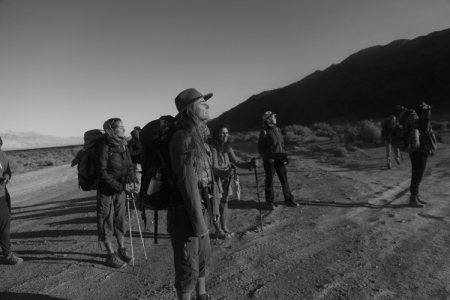

A Personal Ordeal, A Collective Overcoming
As many times as I have entered a sacred task and crossed a threshold with intention – a wilderness fast, pilgrimage, some important ceremony – it still takes me by surprise when I confront an ordeal. The universe is ever faithful at providing just the right experiences to support my growth and evolution. And often they are so hard! This pilgrimage was no exception and provided many opportunities for me to practice trust, vulnerability and self-love. It is quite a worthy practice to welcome all that comes with an open heart.
One of the things I did to prepare for the walk was to update my gear. I actually don’t like to buy new gear as I get attached to my things and like to use them until they fall apart. However, much of my stuff was over 20 years old and a lot has changed in the backpacking industry since then. So I bought a lot of brand new stuff. I also consider myself pretty healthy and generally strong. Self reliance and independence have been important traits. I am a do-it-myself kind of person, as much as I lean in to community.
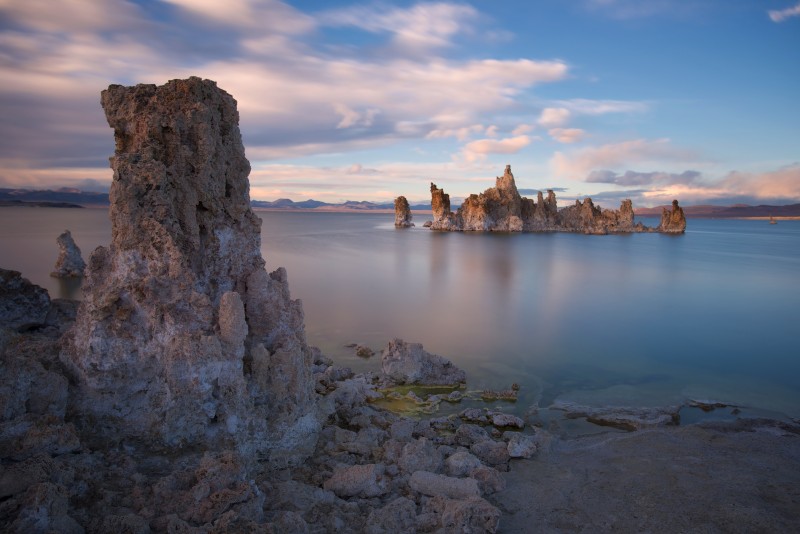

The first week I was brought down by altitude sickness. Really? We are only at 8,000 feet! I backpacked by myself for two months on the Pacific Crest Trail in the same era as Cheryl Strayed (aka Wild) and have spent countless nights at altitude. I have always been used to being at the head of the pack, and now I found myself lagging behind, holding up the rear, not able to walk. I experienced some of the most intense headaches, nausea and vomiting of my life. I became part of the driving water team, needing help and support, receiving welcome rides with the logistics truck and taking rest at camp. It lasted and lasted. Maybe longer because I resisted the total surrender, and kept trying to jump back into the swing of things prematurely as I would often awake in the mornings feeling okay.
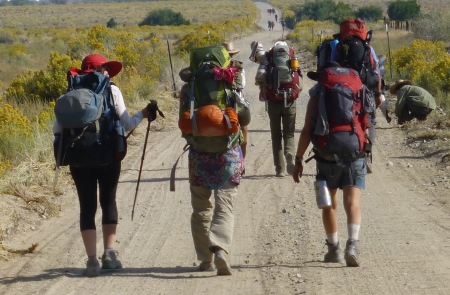

By the beginning of the second week, and a surrender into rest, my strength had returned, though not quite enough to carry my gear. So on this day, grateful to join the group of walkers, I arrived at camp in the afternoon to find that my pack was missing. It had been on the logistics truck and somewhere along HWY 395 it fell off, along with the sleeping gear of another walker. For a few days, as the team searched, I was hopeful, even convinced, that the bag would show up. It didn’t. All of my gear gone. I had only the clothes on my back and a few items that were in my day pack. Now this is really becoming a pilgrimage. Once again, I was faced with the vulnerability of needing help and support.
To be without the comforts of my own belongings and have to open to receive and lean into the trust that I will have what I need. The community rallied, and like a true pilgrim, I gratefully received everything I needed to continue the walk … backpack, sleeping bag, sleeping pad, toothbrush, warm clothes, underwear, flashlight, etc. The basics. What I did not have was shared with me daily… soap, lotion, sunscreen. It might not sound like a big deal. And it was pretty amazing how little I actually needed and how easy it was to get by on what was offered. However, I was catapulted into a deep feeling of separation and isolation.
Somehow the neediness triggered in me a sense of shame and I spent days, yes days, in an awful place of unworthiness and self-doubt. I knew that god had really set me up this time. This was my work, to find the love within in this place. In a great act of irony, one of the shirts given to me from a thrift store had written i![]()
The challenges were not so much what was happening in the physical realm, although the pain and discomfort of the sickness was gruelling, and I did grieve the loss of some important personal items. The most challenging thing was the delusion, becoming entranced by a story of disconnection. Which made it challenging to connect with some of the wonderful people with whom I walked. And anyone for that matter, including myself.
I remembered Brene Brown’s work about vulnerability and the need for courage, compassion and connection. Every day I did my best to read over the list of 50+ names of the dear people who contributed to this pilgrimage and me personally and hold our collective prayer for water. You were with me every step of the way. Even when I forgot or was too sick to move. You buoyed me. I wish I could have reached out sooner for authentic emotional support. However, at the time, it seemed hard to find the right person, time, place. So I walked on. Alone and together. We walked on….
… over parched earth, under sunny skies (and on one fine day a flock of pelicans and a series of fighter jets), singing, dreaming, laughing, crying, listening to the stories of our fellow pilgrims about water, money, love, life, justice, service.
On the autumn equinox, pilgrims and supporters from local communities gathered to give thanks and complete this segment of the walk. We had walked almost 200 miles. We stood in the dry lake bed. Prayers were offered, songs sung, hugs shared. Although this was the closing ceremony, it is not over yet. The walk continues. The core team has already begun work on Phase 2. Work in the Valley for local activists and tribal members continues. Water crises everywhere continue. We continue to ask the questions. And continue to respond as best we can. I continue to integrate the experience and lean into trust and vulnerability. Doing my best to love what is. Asking the question What is mine to do?
My personal next steps:
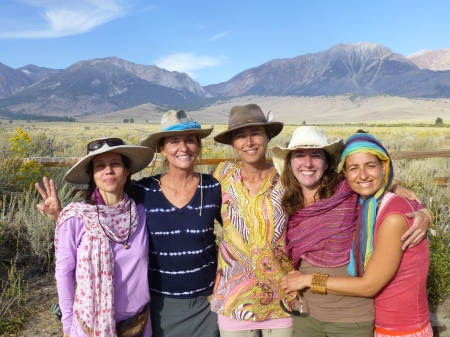

In Gratitude
Thank you to all of you who supported me/us and the vision of Walking Water. Thank you for the prayers and encouragement. Deep thanks to the core team of organizers, facilitators and carriers. Thank you to the pilgrims, to all who walked. There were some special people in particular who have devoted their lives to peace and who greatly enriched our walk:
It was a highlight to have time with native folks from the Valley, in particular Kathy Bancroft and Alan Bacock.
I am incredibly inspired by the work of Andy Lipkis with Tree People, who for over 40 years has been catalyzing ground breaking work in Los Angeles around water catchment, storage, and harvesting. Currently he is working on large scale solutions to localize LA’s water, reducing the need for importation, and revolutionizing the sustainability of LA. This is very exciting indeed.
Sabine Lichtenfels, co-founder of Tamera, a pioneering peace research center in Portugal where an arid landscape has been turned to an oasis of a water landscape with permaculture techniques and reciprocity and love. She is the embodiment of the divine feminine and teaches from her being about the inseparability of healing water and healing love.
Others from Tamera community, including Benjamin von Mendelssohn of the Grace Foundation, who are intimately exploring facets of community.
Rajendra Singh, the water man of India, who recently received the Stockholm Water Prize known as the Nobel Prize for water and has reawakened the flow into seven rivers, works with countless communities and river parliaments, to care for the flow of water. His humor and stories were a gift, and the way he fully entered the experience, saying at the end, with tears in his eyes, that he feels rejuvenated for the work and ready to walk again in his own country.
We walked with folks from Weaving Earth, a relational and nature based educational community, Beyond Boundaries, an intergenerational response team, the Ojai Foundation, including President Laura Whitney. Sarah Nutting of the musical duo, MaMuse. Geoff Dalglish, an earth activist and photojournalist, who has been a walking pilgrim for over four years and stopped counting his mileage at 10,000, and who has been writing an amazing series of Walking Water blogs.
Dave and Janet Carle, former park rangers at Mono Lake, have written extensively about the history of water in Southern CA and were a wealth of information about the local geology.
Mark Drew of Cal Trout directed the collaborative process which helped save Mono Lake.
Mark Dubois shared an inspiring story of his activism in the 1970’s when he chained himself to a rock in an act of love to save the Stanislaus River.
Filmmakers Nova and Velcro Ripper joined us for the last week, filming for their latest project, Metamorphosis.
Samantha Bode, a young woman who just completed a solo 400 mile walk from LA to Mono Lake and is making a film called The Longest Straw about the water situation.
Thank you to Jen Fedrizzi and Jasmine Amara for the beautiful images.
And many others………
It is definitely worth checking these folks and their projects out in more detail. The Walking Water website is a great source of information — including a thorough report of the walk, bios of the walkers, blogs and updates.
We have now dispersed, changed by the experience and moved to continue the care for water and all our relations. All of us here on this water planet need each other. Thank you for being connected. How can you hydrate your relationship to water?
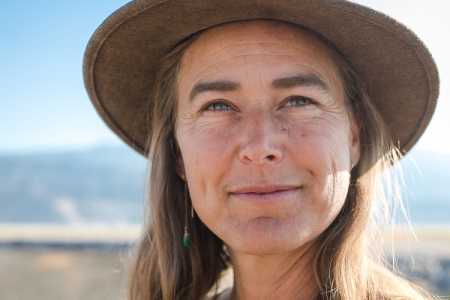


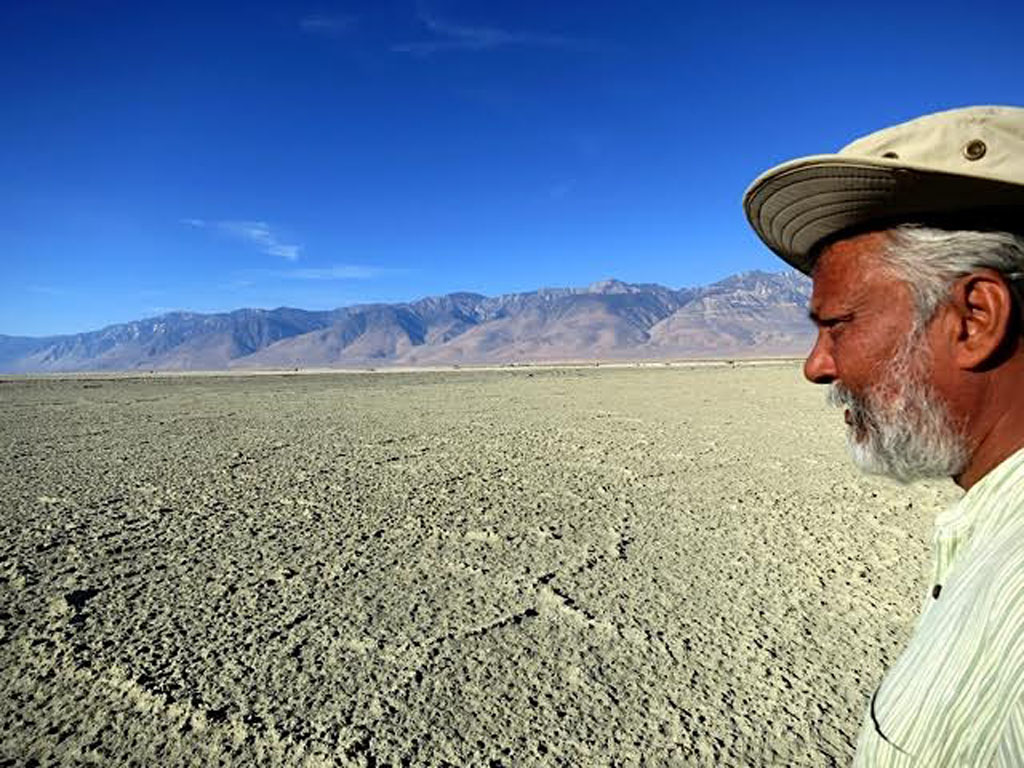








For other great stories of Walking Water and more information, please check out http://www.walking-water.org.